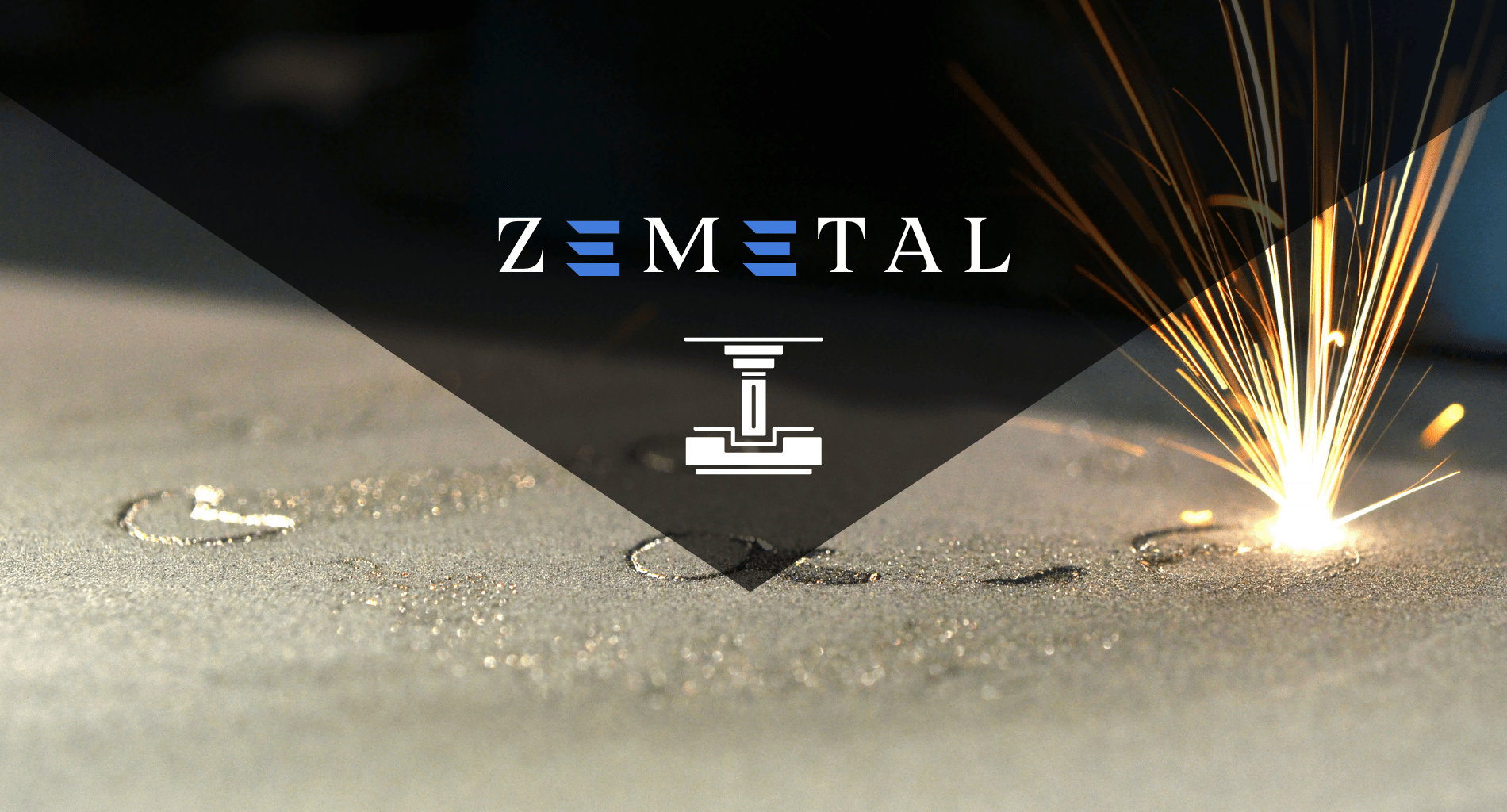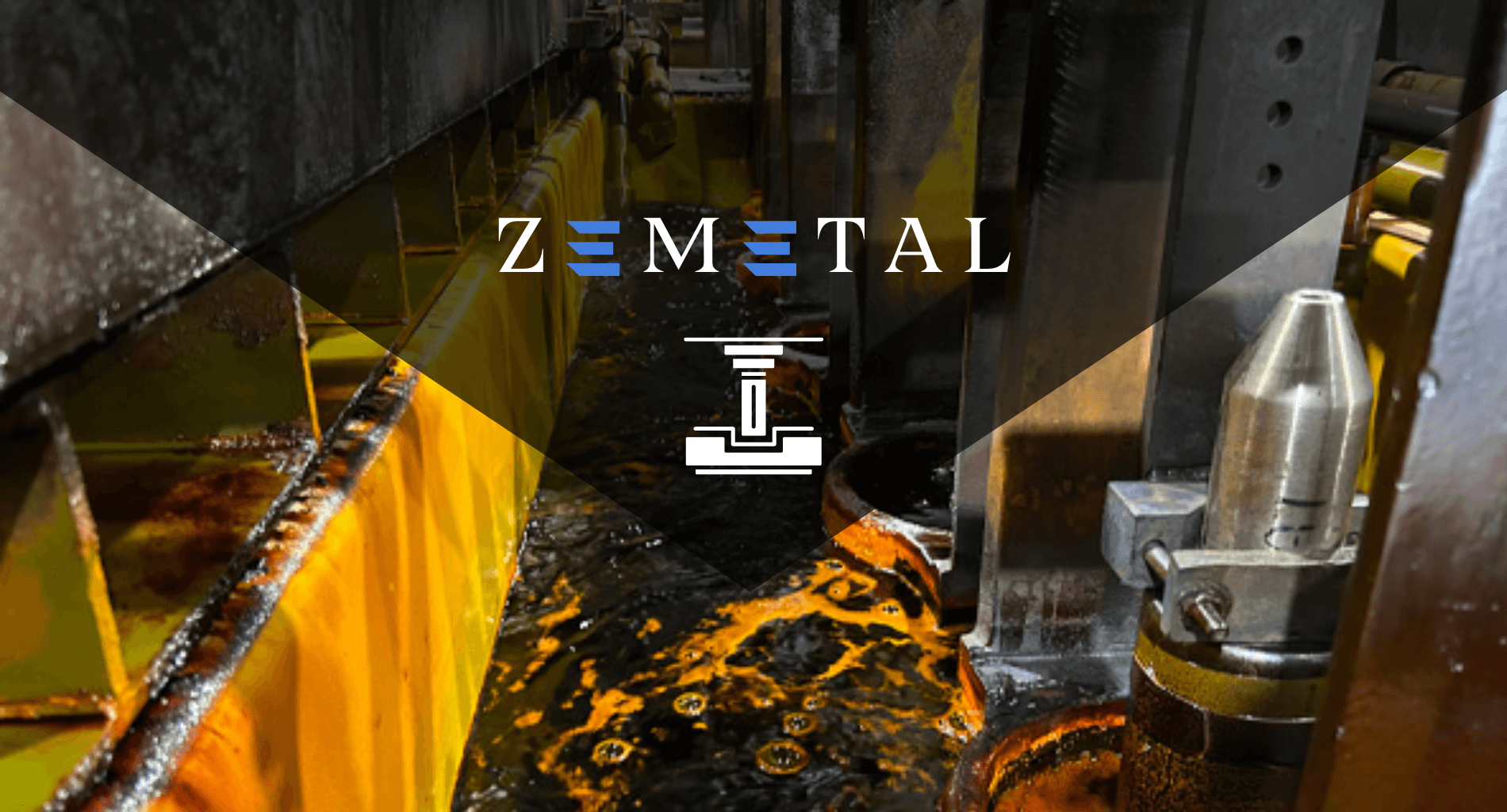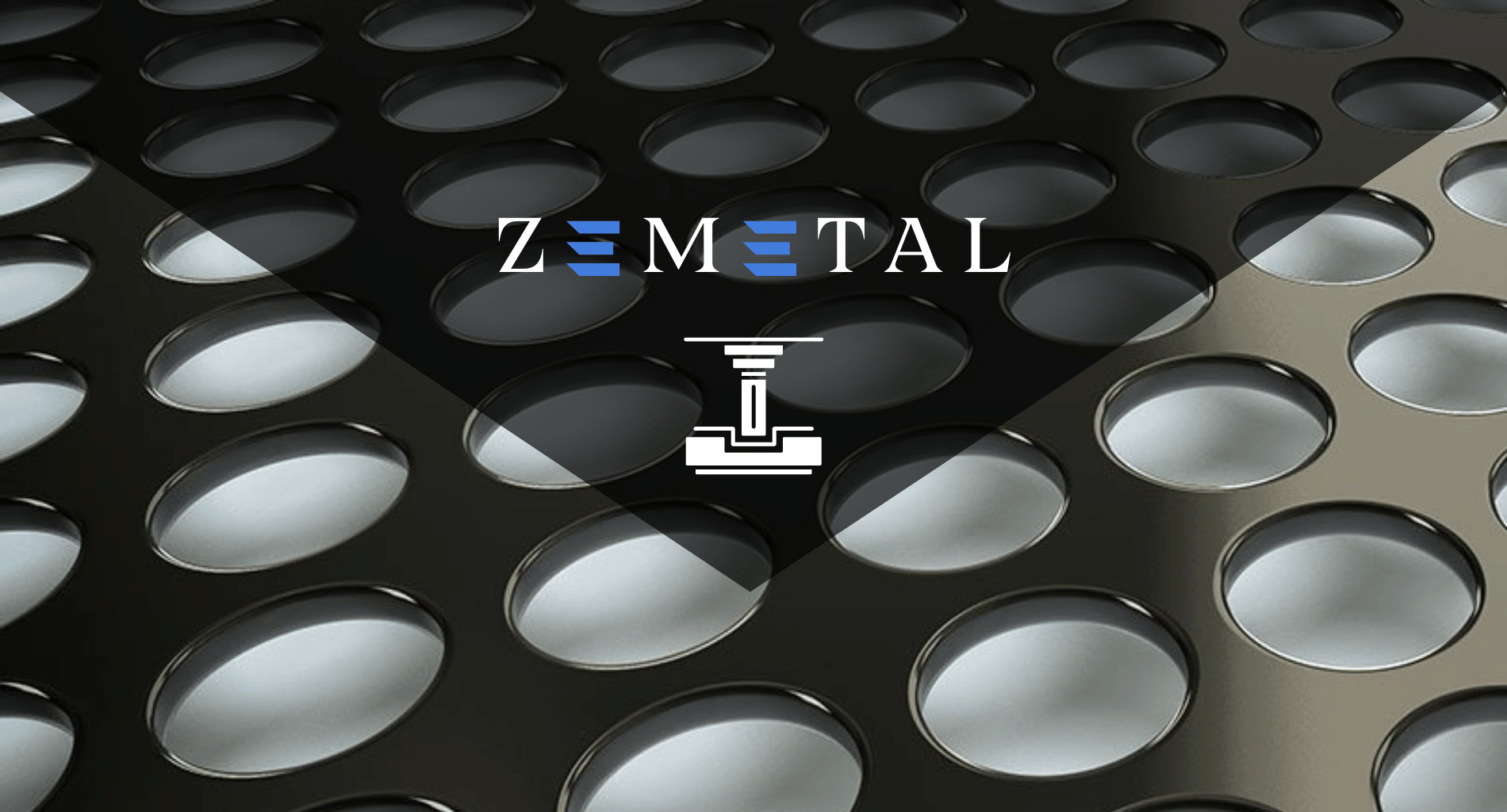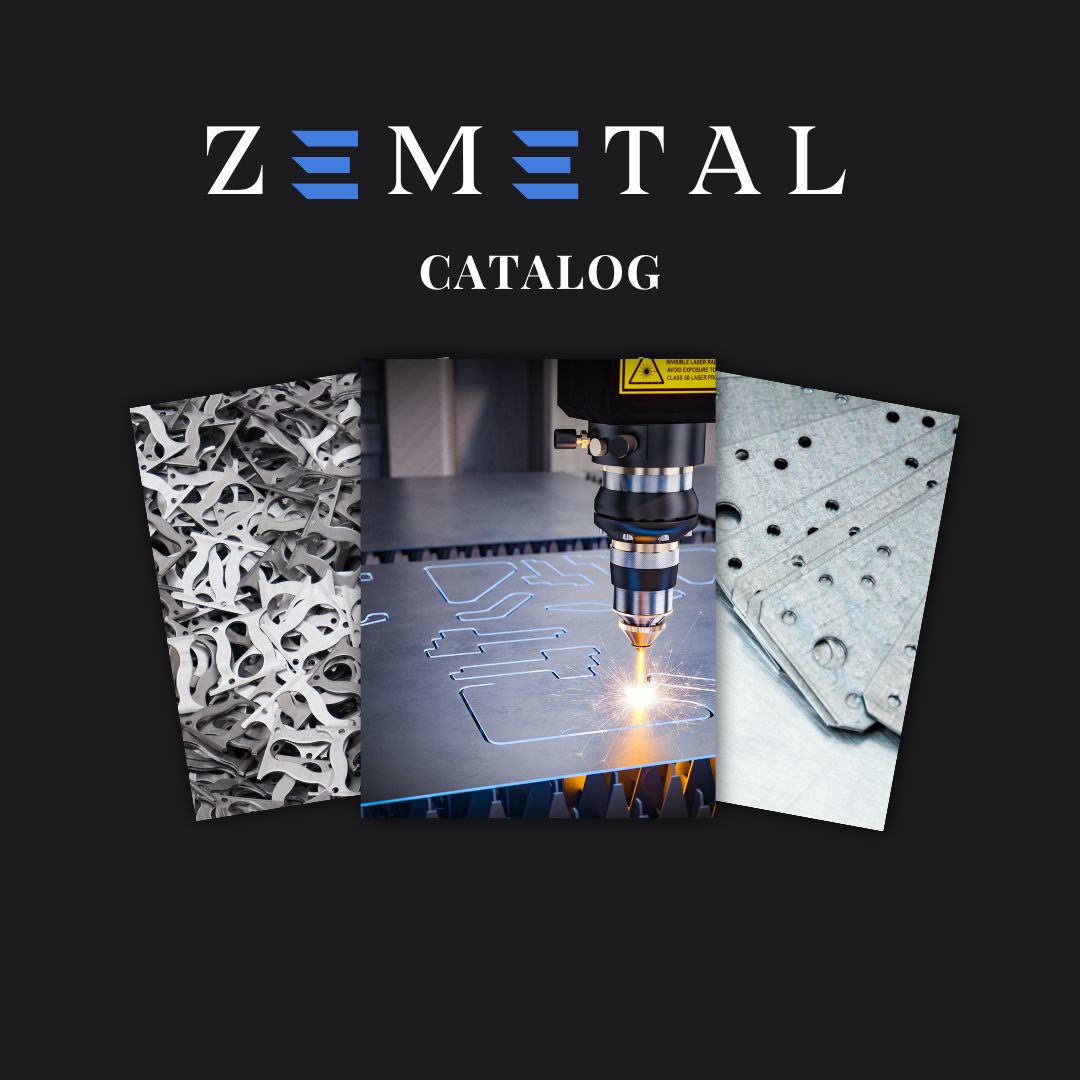When was chrome plating invented? It was first developed in 1924, marking a significant advancement in surface finishing techniques that revolutionized many industries.
As a Mechanical Engineer, I often get asked about the history and benefits of chrome plating, especially how it improves metal components’ durability and appearance.
Don’t worry, the history and application of chrome plating are easy to grasp.
In this guide, you will learn about the invention of chrome plating, its early applications, and its impact on various industries.
So, let’s get down to it!
1. Pre-Chrome Plating Era
Tracing back the origins of metal finishing techniques reveals a rich history preceding the chrome plating innovation. Let’s break down the key developments:
The Early Days of Metal Finishing (Before 1800s)
Long before the invention of chrome plating, civilizations had been experimenting with metal finishing techniques. For instance, ancient Smiths used hammering and polishing to improve the appearance and durability of metals. I remember hearing stories from industry veterans about how these rudimentary methods laid the foundation for modern metalworking and finishing. This era was characterized by manual labor.
Transition to Industrial Metal Finishing (1800s – Early 1900s)
As the world moved into the 19th century, the Industrial Revolution brought significant changes to metal finishing. This period saw the introduction of new techniques like electroplating with metals such as nickel and copper. The application of electricity in metal finishing represented a major leap, allowing for more uniform and efficient coatings than ever before. One notable example from this era is the Statue of Liberty.
Advancements Leading to Chrome Plating (Early 1900s – 1924)
The early 20th century was a period of rapid technological advancement. Researchers and metallurgists were exploring the potential of various plating methods, driven by the demands of growing industries like automotive and aerospace. The development of chromium as a plating material was motivated by its superior hardness, corrosion resistance, and aesthetic appeal.
2. The Birth of Chrome Plating
The beginning of chrome plating in 1924 marked a transformative moment in the history of metal finishing. This innovation emerged from the quest to develop a coating that not only enhanced the aesthetic appeal of metals but also provided superior protection against corrosion and wear.
The unique properties of chromium – its brilliant shine, high resistance to tarnish, and ability to form a hard, protective surface – made it an ideal candidate for this new plating technique. The process of chrome plating involves electrochemically depositing a thin layer of chromium onto a metal object. This was a significant departure from earlier plating methods, offering a more durable and visually appealing finish.
This advancement was not just a step forward in metal finishing technology; it was a leap that opened up new possibilities in various industries, from automotive to decorative arts. The birth of chrome plating symbolized the beginning of a new era in surface treatment, setting a standard that continues to be relevant in today’s manufacturing world.
3. Early Developments and Innovations
Following the birth of chrome plating in 1924, the industry witnessed a flurry of developments and innovations. Here are the key milestones in the early evolution of chrome plating:
The Refinement of Plating Techniques
Initially, chrome plating was a complex and costly process, primarily used for decorative purposes in luxury items. However, the late 1920s and 1930s saw significant improvements in plating techniques. These refinements made chrome plating more accessible and cost-effective, allowing broader industrial applications. For example, the automotive industry began adopting chrome plating for parts like bumpers and trim.
Wartime Advancements
The onset of World War II propelled chrome plating into a new era of innovation. The military demand for durable, corrosion-resistant components accelerated the development of more efficient plating processes. Chrome plating was used extensively for aircraft parts and military hardware, showcasing its strength and resilience under harsh conditions. This time highlights chrome’s capability to withstand extreme environments.
Expansion into Various Industries
In the post-war era 1950s – 1960s, the versatility of chrome plating became increasingly evident. Industries ranging from automotive to home appliances embraced chrome for both functional and decorative purposes. During this time, one notable application was in the manufacturing of kitchen appliances, where chrome plating was used to provide a sleek, modern look while offering durability and ease of cleaning.
Technological and Environmental Impact
The 1970s marked a significant shift towards environmental consciousness in chrome plating. Innovations were aimed at reducing the environmental impact of the plating process, addressing concerns over the use of hexavalent chromium. This period saw the development of more eco-friendly alternatives, such as trivalent chromium plating, which offered similar benefits but with a lower environmental footprint.
4. Chrome Plating Today
The chrome plating industry has come a long way from its early developments and innovations. Today, it stands as a crucial component in numerous industries. Here are the key aspects of chrome plating today:
Enhanced Quality Control and Safety Standards
In the current era, there’s an increased emphasis on quality control and safety in chrome plating processes. With advancements in technology, companies can now monitor and manage every stage of the plating process with greater precision. This ensures a consistently high-quality finish while also prioritizing the safety of workers. Implementing strict safety protocols and regular inspections has become a norm in the industry.
This table illustrates the critical elements of enhanced quality control and safety standards in chrome plating processes:
| Aspect | Description | Impact on Chrome Plating Process |
| Precision Monitoring | Advanced technology for accurate process management | Ensures consistent quality of finish |
| Worker Safety Protocols | Strict guidelines to protect workers | Reduces health and safety risks |
| Regular Inspections | Frequent checks for quality and safety standards | Maintains high operational standards |
| Environmental Regulations | Compliance with eco-friendly practices | Minimizes environmental impact |
| Emergency Response Planning | Preparedness for potential hazards | Enhances overall workplace safety |
Integration with Other Manufacturing Innovations
Chrome plating today is not an isolated process; it’s often integrated with other manufacturing innovations. For instance, the combination of 3D printing and chrome plating is opening new avenues for creating complex, high-quality parts with unique finishes. This integration exemplifies how chrome plating adapts and synergizes with other technological advancements, offering versatile solutions to modern manufacturing challenges.
Growing Demand in Emerging Markets
The global reach of chrome plating is expanding, with emerging markets showing a growing demand for plated products. Countries with developing industrial sectors are increasingly recognizing the benefits of chrome plating in various applications. Zemetal adapts to this expansion, offering expert chrome plating solutions that cater to the diverse needs of these growing markets.
5. The Future of Chrome Plating
As we consider the current state of chrome plating, it’s clear that the industry is positioned for an exciting future. See the following key areas that are likely to shape the future of chrome plating:
Meeting the Challenges of New Materials
The future of chrome plating also involves adapting to and incorporating new materials. As industries develop and new materials emerge, chrome plating techniques will need to evolve to accommodate these changes. This might include developing plating processes for materials that are currently challenging to plate or enhancing existing processes to better suit new material characteristics.
Embracing Advanced Technologies
The future of chrome plating will undoubtedly be influenced by the adoption of advanced technologies. Innovations like nanotechnology and automation are set to revolutionize the plating process, making it more efficient, precise, and environmentally friendly. I see that these technological advancements will not only enhance the quality of chrome plating but also open up new applications in different sectors.
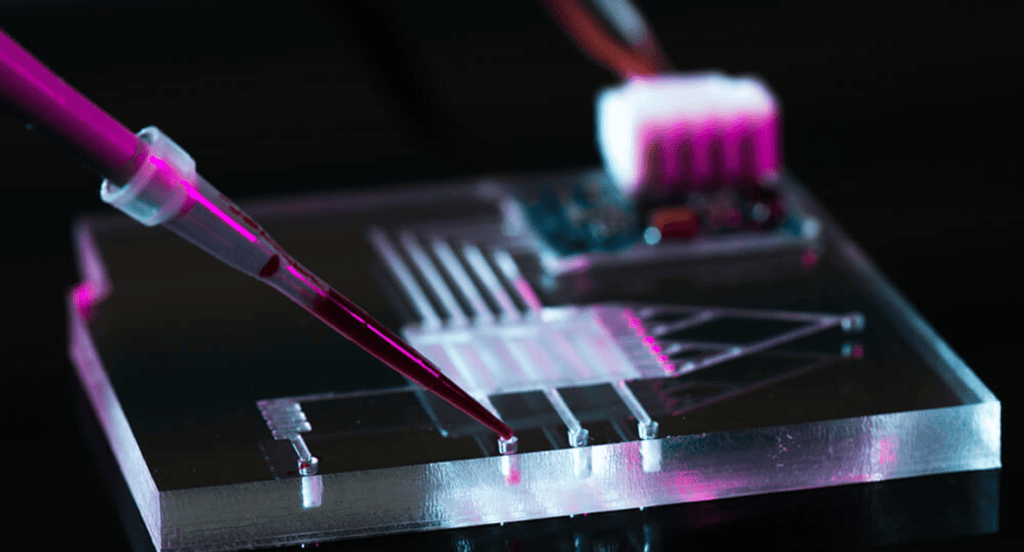
Higher Demand for Chrome Plating
In the foreseeable future, we’re likely to witness a significant surge in the demand for chrome plating services. The Global Chrome Plating Market Size is expected to grow from USD 2.02 billion in 2017 to USD 3.06 billion by 2030 according to Data Intelo. In response to this rising demand, companies like Zemetal stand out for offering the best services in the field.
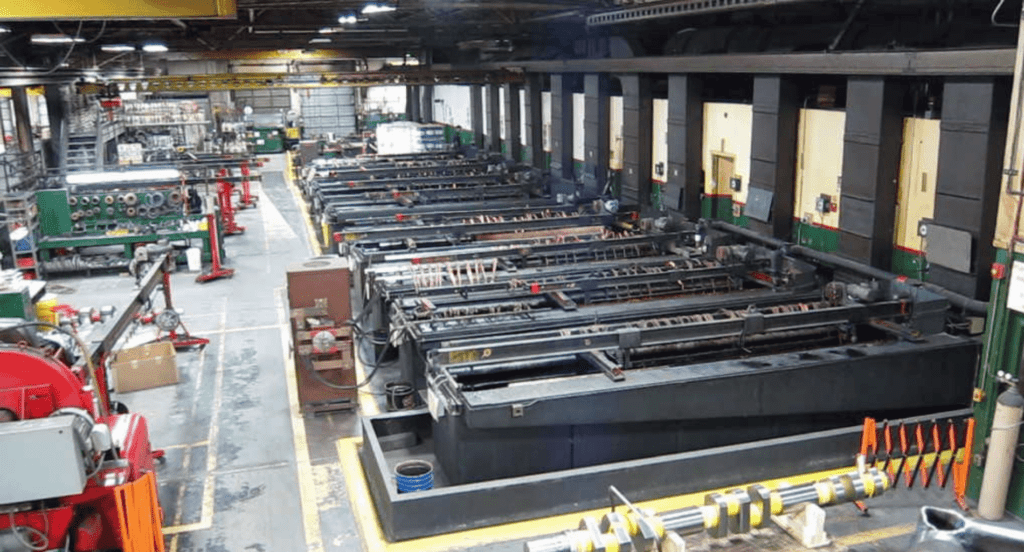
Conclusion
If you’re struggling with finding durable and visually appealing finishes for your metal products, chrome plating is a reliable solution. Since its invention in 1924, it has transformed industries by providing corrosion resistance and a sleek look. At Zemetal, we offer expert chrome plating services to meet your specific needs.
In conclusion, this guide has walked you through the history and significance of chrome plating, helping you understand how it became a vital process in metal fabrication. With this knowledge, you’re better equipped to see its value in your own projects. Contact us today to discover how Zemetal can provide the high-quality chrome plating solutions you’re looking for.
Dive Deeper Into Our Resources
Looking for more diverse service options? Browse through our handpicked selections:
For some insightful reads, we’ve curated a list of recommended articles just for you:
Still haven’t found what you’re looking for? Don’t hesitate to contact us. We’re available around the clock to assist you.


